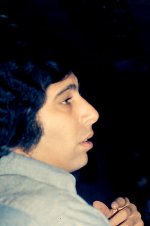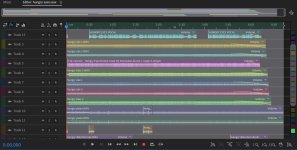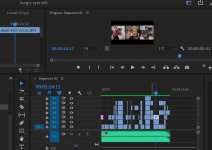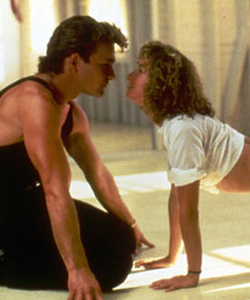Dirty Dancing part five
View attachment 148990
When Vestron Pictures called up Linda Gottlieb and told her they wanted to make Dirty Dancing, Gottlieb was stunned. She had been rejected by so many studios, big and small, that she had been worried that a call might never come. Nevertheless, she put on her game-face and cheerfully congratulated Vestron on making a 'wise move' by picking up Dirty Dancing. Inwardly she was thinking to herself, "They're new. They're in Stamford, Connecticut. Maybe I can close the deal quickly before the rest of the industry tells them how crazy they are!"
Vestron Pictures had one proviso...and it was a doozy. They said that Gottlieb must bring in the movie for under $5 million, including a contingency of 10 percent and the cost of a completion bond. Linda did some quick arithmetic and figured that meant she would have about $4.4 million dollars to spend on the actual making of the movie. To film this period piece set in the Catskill Mountains of New York, Linda's first pass at the budget came in at more than $8 million. Negotiations with unions and making cuts to the budget brought it down to around $6.5 million. But the chairman at Vestron, Austin O. First, Jr. said that if he sees so much as a decimal point after $5 million, the answer is, "NO!"
Linda reflected, "It seems we were being given money to make a picture
about the Catskills, but not enough money to make the picture
in the Catskills. "
In April of 1986, Linda decided that "her Catskills" would be located in a right-to-work (non-union) state in the South. Furthermore, it was clear to her that whatever hotel they were going to book to house the cast and crew must also, for no additional money, become "Kellerman's Mountain House," the fictional resort hotel in the film. They were going to have to shoot their own lodgings.
Linda and Eleanor tried to find a suitable "Kellerman's" all up and down the American Southeast. They even considered transforming an unused penitentiary in Tennessee into their Jewish resort hotel. It took them until the month of June to locate The Mountain Lake Hotel in Giles County, Virginia. (Our pal, Rick 'Hendulele' may be able to tell us about this place.) It was a beautiful place 4,000 feet up in the Allegheny Mountains with a big stone main house, a wooden gazebo, surrounding bungalows and a mountain lake! They made an agreement to house their entire cast and crew for the film starting on September 3rd. The management agreed to let them shoot all around the hotel as their film set for free!
Exiting the negotiations with the hotel, Eleanor and Linda shared a private dance of joy!






